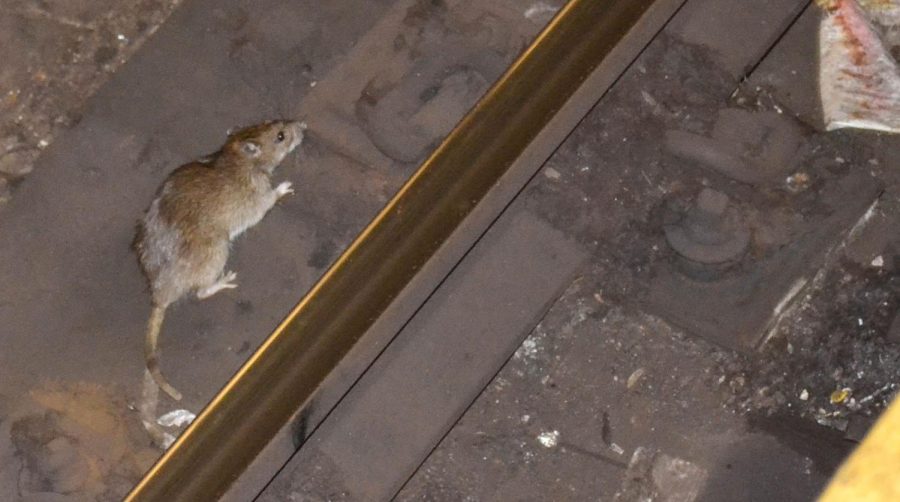NYC Scurries to Name New “Rat Czar”
Ratatouille in real life is happening in New York right now. Unlike the movie, these rats don’t know how to cook, but they do know how to mess with New Yorkers.
The very first director of rodent mitigation for New York, Kathleen Corradi, will be in charge of controlling the rat population. She was appointed by the city mayor Eric Adam with a $155,000 annual salary on Wednesday, Apr. 12.
Twice as much rodent activity in 2022 as in 2021 was reported according to data posted by the NYC Department of Health and Mental Hygiene. The rats made a big comeback in New York where they don’t hesitate to walk, sleep, and live together with people inside their apartments or outside the streets.
The increasing number of rats threatens the city’s residents because they damage people’s homes and also bring diseases like rat-bite fever, which can damage bones and cause inflammation of the heart, brain, and spinal cord. Thus, Ms. Corradi to the rescue.
Three years ago, there was a man who fell into a rat-filled sinkhole which become New Yorker’s nightmare ever since. According to the New York Times, “He didn’t want to yell because he was afraid there were going to be rats inside his mouth,” his brother said.
Mayor Eric Adams hates rats. He has been saying this in many of his speeches.
“Everyone that knows me, they know one thing: I hate rats,” he said.
After the first pandemic lookdown, the restaurant reopenings created massive complaints from the residents about the existence of rodents, which negatively impacted their daily lives. Acknowledging the problem is getting more serious, Adams said the city neeed a “maestro” to eradicate its enemy.
“You’ll be seeing a lot of me — and a lot less rats … There’s a new sheriff in town,” said Corradi in her introduction ceremony.
Kathleen Corradi is a former elementary school, not a rodentologist, according to NPR. She formerly worked for the Department of Education’s Office of Sustainability, and devised the Zero Waste Schools program, the nation’s largest zero waste program. She led the agency’s rodent reduction efforts, which led to a 70% decrease in the number of rodents in the area, according to the official New York City Press.
Corradi explained that rats are a more complex problem than it seems.
“Rats are a symptom of systemic issues, including sanitation, health, housing, and economic justice,” she said.
Mayor Adams announced four city agencies will invest $3.5 million for a “rat mitigation zone” in Harlem.
“Beginning with this $3.5 million investment toward rodent mitigation in Harlem, Kathy will take the lead on our multi-agency effort to test new mitigation techniques, expand outreach and education efforts, and increase maintenance and remediation work,” Mayor Adams said. “The rats are going to hate Kathy, but we’re excited to have her leading this important effort.”
In Washington, D.C., there was a program in which the D.C. Department of Public Works provided live web chats with the public to discuss rodent control practices. The project aimed to promote better methods to mitigate the causes of rodent activity.
Barbara Shepherd, Williston Physical Plant Administration Assistant, is relieved there aren’t many rats on campus. In exchange, it’s mostly mice and pests who like to play hide and seek with the Physical Plant team, she joked.
“We are dealing with mice, if we have a rodent issue,” she said. “If there seems to be a big issue with mice we will call an exterminator.” The school works with Braman Pest Control, in Agawam, Mass.
Similar to what Corradi said about the reasons that bring rats to the city, Shepherd noted it’s predominantly food that attracts the local mice population.
“The biggest difficulty we have is that people leave food/candy/pet food out uncovered, which is what attracts the mice,” she said.










